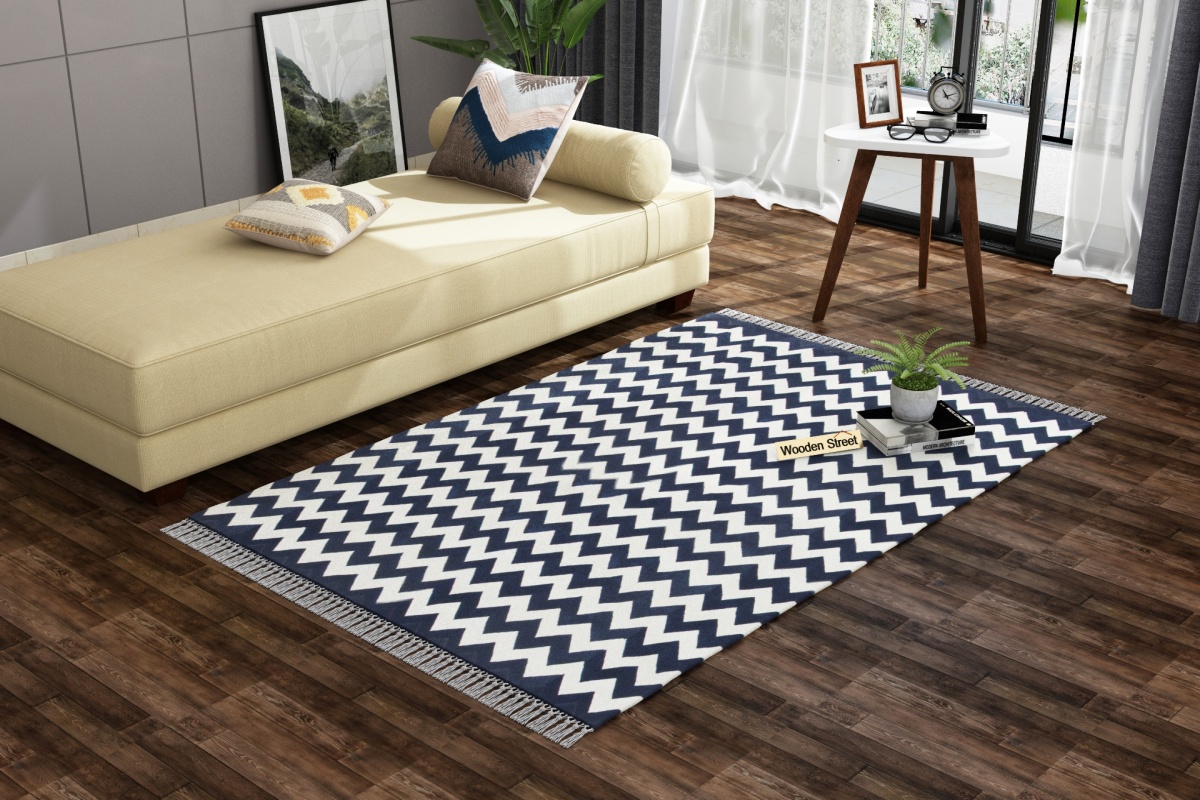Raj-Trend : 2 : 10:30 BJP leads in 13, Congress 9, others in 3 seats in Rajasthan
Former CM Ashok Gehlot's Son Vaibhav Gehlot trailing on Jalore seats against BJP's Lumbaram by over 34000 votes.
Okay now let’s talk about an exciting trend that’s changing the modern housing scene – co-living spaces.

Minimalist interiors are taking over.(photo:IANSLIFE)
Okay now let’s talk about an exciting trend that’s changing the modern housing scene – co-living spaces. It’s neither your conventional full-fledged family-style home nor the solitude of a one-bedroom apartment, but rather a happy middle ground. We’re viewing from all angles here, so keep your eyes open as we get deeper into this intriguing topic!
What on Earth is Co-Living?
Co-living is a new-age residential concept where individuals share a living space. It’s not just about sharing a roof, but communal areas – think kitchens, lounges, and the works.
Advertisement
Bedrooms can be private or shared, depending on the setup. Essentially, co-living fosters a sense of community while championing affordability.
Remember your college dorm days? A bit like that but cranked up to eleven – with a touch of class!
So, Why the Rise?
Now that we’ve set the scene, you might be asking, “Why are people suddenly jumping onto this co-living bandwagon?” There’s no one-size-fits-all answer, folks, but we’ll try to explore a few reasons.
Economics: First up, it’s a pocket-friendly option. With the skyrocketing cost of living, especially in bustling cities, co-living takes some pressure off your wallet. It splits up utilities, rent, and sometimes even groceries!Loneliness: Life in cities can be paradoxically isolating. Amid teeming crowds, people often feel alone. Co-living helps alleviate this alienation by creating a vibrant, supportive community right at home.Flexibility: Nowadays, a lot of us value flexibility – the freedom to pack our bags and move to new adventures. Traditional rentals, with their hefty deposits and lengthy leases, don’t offer this liberty. Co-living, with its more flexible agreements, lets you live life on your terms.
The Critics’ Corner
Like every coin, co-living too has its flipside. Critics argue that personal space and privacy can feel compromised in such setups. Others point to potential conflicts, be it about cleanliness, noise, or simply clashing lifestyles.
Dispelling the Myths
Before we move ahead, let’s address some misconceptions. Many view co-living as an ‘only for the young’ concept. Sure, millennials and Gen Zs are the primary demographic, but it isn’t just limited to them. Empty-nesters looking for company, digital nomads desiring a sense of community, or anyone else tired of traditional rental housing’s pitfalls, are all a part of this housing revolution.
On the other end, co-living spaces aren’t impersonal, factory-like setups either. They’re carefully curated to promote togetherness while ensuring each member can have their own space.
Designing Co-Living Spaces – A Whole New Perspective
The very core of co-living – community orientation, influences how these spaces are designed. Architects and designers are thinking out of the box, channelling innovative methods to foster communication and a middle ground. Typically, private spaces such as bedrooms and bathrooms are designed smaller to encourage occupants to use communal spaces more often.
These shared spaces are amplified, both in size and ambiance, to facilitate interaction, collaboration, and comfort.
The Sustainability Angle
Looking at the bigger picture, co-living spaces are quite the green deal. How’s that, you ask? Sharing resources!
From utilities like electricity and water to shared facilities such as kitchens and lounges, co-living promotes minimalistic, sustainable living.
The architecture behind these spaces also veers towards the ‘green’ side, utilizing energy-efficient designs, thereby adding to the sustainability score. It’s a win-win!
Getting Through Tough Times
Every trend, every movement, has its hurdles. Co-living, with its revolutionary approach, is no different. We’ve touched upon personal space and disagreements, but another aspect to consider is regulation.
Given the relatively new nature, co-living sometimes falls into a legislative gray area in many jurisdictions. Policymakers are grappling to adapt existing laws or create new ones to keep this rising trend in check.
The verdict, as with most things, depends on personal preferences. For those who enjoy meeting new people, saving some money, and don’t mind a bit of a shared life, co-living is a fantastic option.
No matter how we assess shifts in our housing preferences, one thing’s for sure – co-living, in its myriad forms, has certainly introduced an interesting chapter in the grand saga of modern housing. Here’s to an exciting future!
And there you have it, folks! The co-living scene, in all its glory and quirks.
What do you think? Is co-living the future or just a passing phase? Share your thoughts, we’re all ears! Or should we say, eyes?
Advertisement